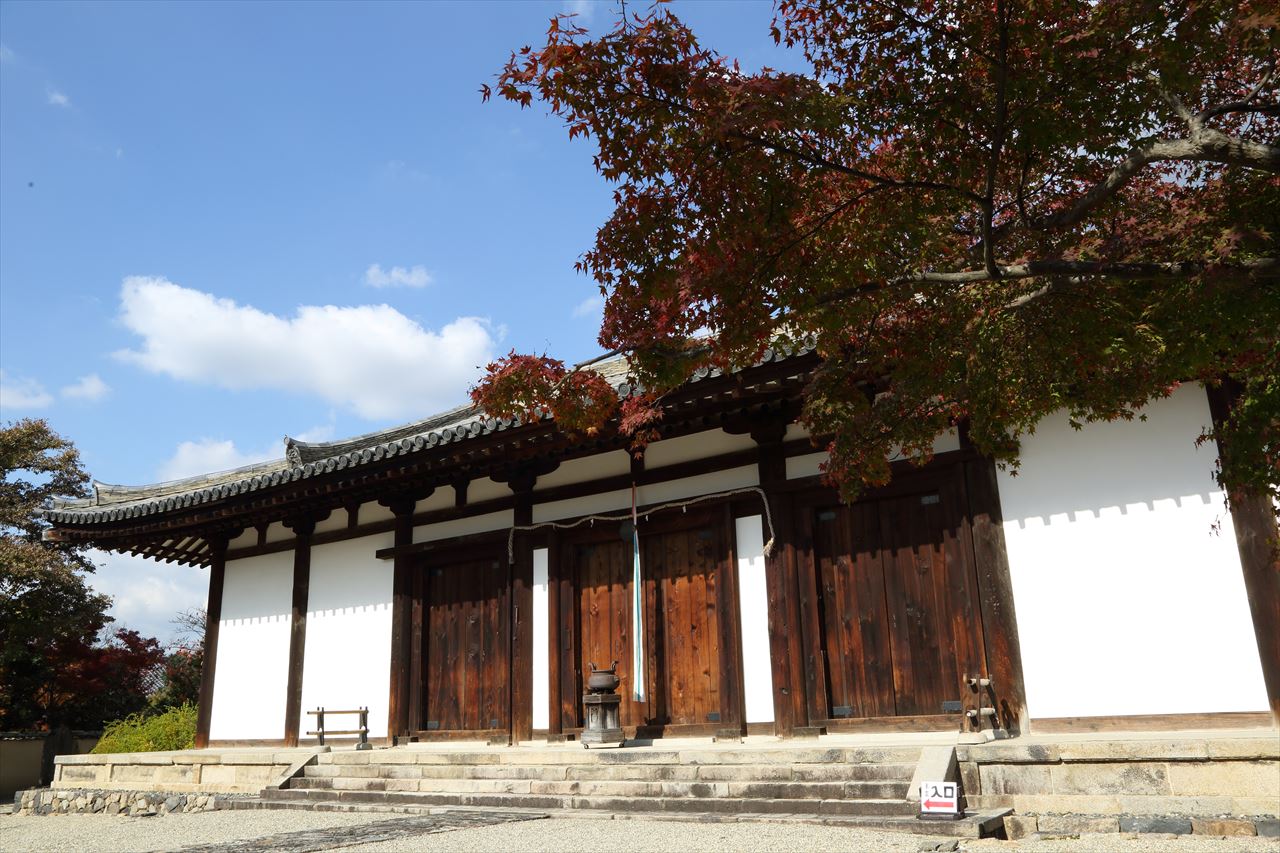Introduction
Shin-Yakushiji Temple, a gem from the Nara Period (710-794), was founded by an empress for the sake of an ailing emperor. Dedicated to Yakushi Buddha, the patron of medicine in Japanese Buddhism, “Shin-Yakushiji” means “New Yakushi Temple” as there was already an existing Yakushiji Temple. While most of its once-grand complex has been lost to time, the beautifully preserved main hall (Hondo) continues to captivate visitors with its ancient allure.
Key Information
- Location: Nara City, Japan
- Founded: Nara Period (710-794)
- Main Feature: Statues of Yakushi Buddha and 12 guardian deities
- Best Time to Visit: Spring and Autumn
- Admission Fee: 600 yen
Historical Background
Shin-Yakushiji’s history dates back to the Nara Period when an empress built the temple to pray for the emperor’s health. The temple is dedicated to Yakushi Buddha, revered as the guardian of medicine and healing in Japanese Buddhism. At its peak, Shin-Yakushiji boasted a vast complex of buildings, but over time, only the main hall has survived. Despite this, the temple remains a significant Buddhist site in Nara, bearing witness to the evolution of Japanese Buddhist art.
Main Attractions
Main Hall (Hondo)
The main hall, the sole surviving structure of Shin-Yakushiji, houses priceless Buddhist statues. Upon entering, visitors are struck by an awe-inspiring sight: a 2-meter tall seated statue of Yakushi Buddha at the center, surrounded by 12 life-sized guardian deities. The wooden Yakushi Buddha statue exudes a gentle, benevolent aura, seeming to watch over all who visit.
The guardian statues, made of clay, each possess unique expressions and poses, wielding different weapons. These lifelike sculptures showcase the pinnacle of Nara Period sculptural artistry. Take your time to appreciate the details of each guardian statue, sensing their individual characteristics. Some appear stern, others smile, while some glare fiercely – each telling its own story.
The main hall’s architecture itself is worth admiring. Though modest in size, the exquisite craftsmanship of its wooden structure and the ancient atmosphere cultivated over centuries invite contemplation. Sunlight filtering through the latticed windows onto the statues creates a sacred and serene ambiance, naturally slowing visitors’ pace as they immerse themselves in this tranquil space.
Temple Gardens
While most of Shin-Yakushiji’s original structures have vanished, the paths and gardens surrounding the main hall remain well-preserved. Strolling along these paths, you can admire meticulously pruned greenery and ancient stone lanterns. In spring, the garden is enveloped in a sea of pink cherry blossoms, creating a breathtaking scene. Autumn brings a different beauty with its vibrant foliage. The natural beauty here perfectly complements the ancient Buddhist architecture, offering visitors a quiet space for reflection and meditation away from the bustle of daily life.
Best Time to Visit
Shin-Yakushiji is open year-round, but the most appealing times to visit are:
- Spring (late March to early April): Cherry blossoms in full bloom create a picturesque setting.
- Autumn (mid-October to mid-November): Fall foliage transforms the temple gardens into a canvas of gold and red.
- For a quieter experience, avoid peak tourist seasons like Golden Week and New Year holidays.
Getting There
Shin-Yakushiji is conveniently located just south of Nara Park.
- On Foot: About 5 minutes’ walk from Nara Park.
- By Bus:
- From JR Nara Station: Take the Nara City Loop Bus or other buses to “Wariishicho” stop (約10 minutes, 220 yen).
- From Kintetsu Nara Station: Take a bus to “Wariishicho” stop (約5 minutes, 220 yen).
- It’s a 10-minute walk from the “Wariishicho” bus stop to the temple.
Hours and Admission
- Open: Daily from 9:00 AM to 5:00 PM
- No closing days
- Admission: 600 yen for adults
Visitor Tips
- Maintain a quiet atmosphere to respect the temple’s sanctity.
- Photography is prohibited inside the main hall but allowed outside.
- Wear comfortable shoes as some walking is required.
- Consider combining your visit with other Nara Park attractions like Todaiji Temple and Kasuga Taisha Shrine.
- Check the official website before visiting for the latest information and special events.
Official Website
Shin-Yakushiji Temple
Conclusion
While Shin-Yakushiji may be modest in scale, its unique historical background and exquisite Buddhist statuary make it a must-visit destination in Nara. Whether you’re interested in Japanese Buddhist art or simply seeking a tranquil corner for reflection, Shin-Yakushiji is an ideal choice. A visit here allows you to experience the weight of history, admire artistic mastery, and immerse yourself in Buddhist wisdom, adding an unforgettable dimension to your Nara journey.
